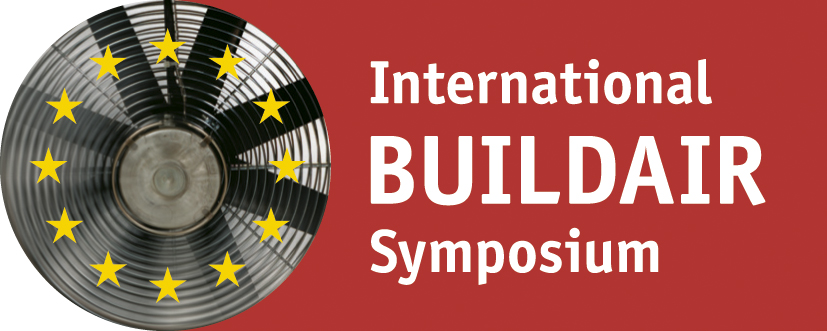Thermography is a helpful means at the visualisation of leakages on the wind and airtightness level. However on the one hand not always the theoretically necessary physical boundary conditions are available and on the other hand the construction progress not always the make an optimal building preparation possible. In principle also a low n50-Wert during the air tightness measurement does not give a conclusion about the wind tightness and about the construction unit qualities. As already many claims prove, the compliance with the air change rate, which represents an evaluation from energetic view, is not (alone) decisive for the function of a construction unit or a building. Deficiency complaints about bad or insufficient heatableness increase and end usually in a law suite. A reason is also the missing specialized knowledge of some Blower Door specialists, who neglect to inform there customers about the complete requirements of construction physics. About requirements of construction physics, which are unknown to the not competent Blower Door tester. Particularly in the very low energy house or passive house range all needs of construction physics are important for the function and therefore also to be followed. But just there often substantial errors appear, however only in the tenth part of a degree, and so it is not possible to find these sources of error without sufficient knowledge of thermodynamics and building physics. Which influence however the deficiencies have on the construction unit, which are in a great measure not noted and which are not recognizable exclusively by means of air tightness measurement. In order to be able to illustrate the correlations to some extent, a leakage pattern was fabricated and furnished with different errors. Afterwards we tried to seize these errors metrological. Likewise these errors were designed by means of a simulation routine for thermal bridges called FLIXO, to describe the necessary procedures on the inside and the metrological effects at the surface of the construction unit and/or to receive theoretical approaches for further work.
Limits of recognizability of leakages by means of thermography!

Year:
2007
Bibliographic info:
2nd European Blower Door Symposium, March 2007




